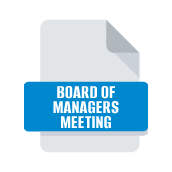
Is it time for a bone density screening?
2 minutes
Women 65 and older are at greater risk for problems with their bones, which is why most doctors recommend annual bone density screenings for osteoporosis beginning at age 65. Men, too, should be screened by the time they are 70.
A bone density test tells you if you have normal bone density, low bone density or osteoporosis—a disease that causes bones to become more fragile and more likely to break. Having low bone density does not mean you will get osteoporosis. It means you have a greater chance of developing osteoporosis if you lose bone in the future.
In the past, osteoporosis could be detected only after you broke a bone. By that time, however, your bones could be quite weak. A bone density test enhances the accuracy of calculating your risk of breaking bones.
A bone density test uses X-rays to measure how many grams of calcium and other bone minerals are packed into a segment of bone. The bones that are most commonly tested are in the spine, hip and forearm.
A bone density test can help you and your health care provider:
- Learn if you have weak bones—before you break a bone
- Predict your chance of breaking a bone in the future
- See if your bone density is improving, getting worse or staying the same
- Find out how well an osteoporosis medicine is working
- Let you know if you have osteoporosis after you break a bone
A bone density test may also be necessary if you have height loss of 1/2 inch or more within one year or a total height loss of 1 1/2 inches from your original height. You should also be screened if you have broken a bone after the age of 50.
As always, if you have any concerns, please bring them up with your doctor.



